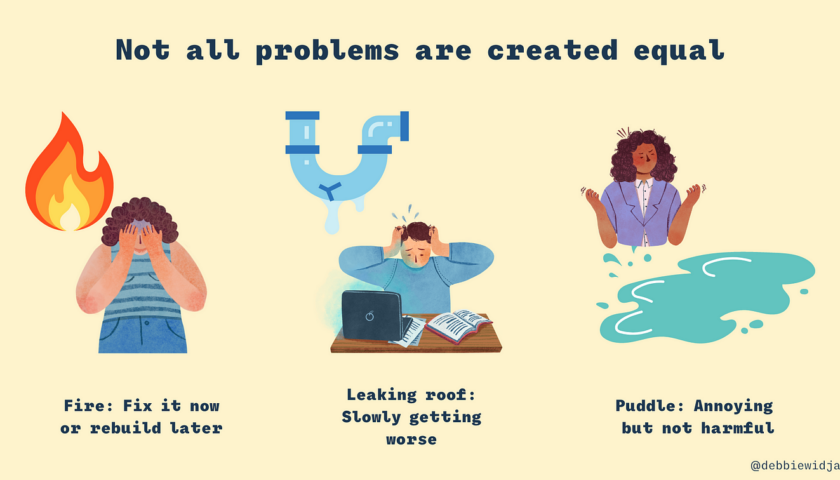Out of intense complexities, intense simplicities emerge. – Winston Churchill
International projects have complexity written all over them. Despite all the technological advances, the complexity will probably continue to increase. Time zones, cultural differences, and native languages are not going away. Keep in mind that while technology is here to help us improve the way we connect with colleagues across the globe, the success of your project still depends heavily on human interactions.
Without complexity there is no intensity.
I had the opportunity to work with a multi-national, multi-cultural, and multi-functional team for fighter aircraft upgrade project. Distance, culture and language are three factors that can get in the way of communication and create problems for the project. Here are some lessons which I learnt while trying to align the global team for the project.
Addressing physical separation: One of the toughest obstacles is the distance between players that can have a negative impact on the outcome of your project. Here are some tips to keep in mind so that communication and coordination don’t suffer and ways to reduce the challenges that physical separation brings.
- Plan face to face meetings early in the project. Invest the time to bring your team together in a face-to-face meeting at the time of kick-off or at the beginning of the phase of work. This sends a strong message to everyone that it’s important and that there’s an interest in making sure everybody works together.
- By meeting somebody just once in person, helps create a connection and improve cooperation.
- Make collaboration a top priority. This can be complemented by establishing a system that rewards people for working together and celebrating success together.
- Promote transparency as a core value in your team charter. Transparency helps people be mindful to be open to share in real-time the status of a task and to notify everyone immediately if a problem arises whether minor or big.
- Adopt technology and software to help simulate face-to-face human interactions, the best way possible. Video conferencing for example is better than just audio conferencing as it will help people feel closer than they really are. Having a single common data-sharing platform that every participant has access to, helps build a one team identity.
Adapting to Time Zones: It’s quite possible that there will be someone on your global team that is ready to go to sleep when you’re just getting into the office. Each subgroup will live and behave based on their own local time which can hinder coordination and synchronization of tasks in your project.
- Make sure everyone communicates time with the correct UTC time zone standard. Make it a habit to add the specific time zone of a meeting, the hours, and the offset in hours.
- Use the 24 hour way of writing the hours so you can avoid using p.m. or a.m. While 0400 is 4:00 a.m., 1600 is 4:00 p.m.
- Build consensus for meeting timing and plan adequate lead time for responses by considering the availability of your colleagues and when they will be receiving your requests. Don’t expect someone will be reading your email when it’s 0200 hours in their local area.
- Considering time differences, availability, and lead time will result in a happier and cooperative team.
Diverse culture: Trying to communicate with someone from another culture is often problematic when their values are different than yours. Train every team member on cross-cultural communication which will pay off very quickly.
- Be respectful of everyone from any culture. Show respect and you’ll receive respect back.
- Avoid generalizing based on where a person is from. Trying to fit everyone into this or that frame can lead to misunderstandings and feelings of disrespect.
- Encourage team members to learn something about other members’ cultures and traditions and thus leverage culture for a successful outcome.
Language barrier. The nature of international projects is to work with people that may not speak your own language or even if they do, it may not be at a sufficiently high level. This alone can lead to misunderstandings.
- Choose a common language of your team. All players should be trained to speak at a technical level with vocabulary and terms from business situations and project management concepts. For aviation projects I strongly recommend the use of ICAO terminology for aviation projects.
- Always speak slowly during the meeting with global team members. The team members may not be as fluent and they may have a problem in understanding your accent. It took me more than a week to fully understand Russians when they spoke English. Cater time for ‘training ears’ in your project schedule.
- Summarize at the end. It is always a good habit to take confirmation from all the members as to their understanding and commitment of work discussed. This leaves no room for confusion and misunderstanding. It also keeps everyone alert and mentally present during the meeting.
Going beyond the normal. Leaders for whom success is not what you accomplish in life but what you inspire others to do. These are few tips I learnt from my bosses and seniors in blue uniform which I as usual brushed aside initially during the project days however felt their impact after we were past the halfway milestone.
- Learning to speak other languages will always be a big plus for your project aside from the respect it shows your international partners. In my opinion this had the biggest impact on the outcome of the project I was involved in.
- Sending agenda points well in advance for a meeting, subsequently preparing minutes of meeting and action points after the meeting is another lesson which is a legacy from my service days that has a very positive outcome on the project.
- Celebrate national festivals and holidays of the team members. If that is not possible due to physical distance, an appropriate video call would be the next best approach.
- Take advantage of diversity. As a team leader you are likely to appreciate diverse approaches to the work and discover different solutions to the problem. Take the best advantage.
- Make effective communication, everyone’s responsibility. Insist on simple written and verbal communication without the use of idioms and phrases.
- During written communication avoid the use of capital letters or exclamation marks in letters or while texting.
- Avoid the use of Emojis in business communication.
- For the project, if required take a professional help of interpreter or translator as the case may be. There would always be delays and loss of communication due to interpretation or translation. My recommendation would be to factor this in your schedule and multiply it with the range varying between 2 to 4.
Simplicity and complexity need each other. Always expect the unexpected in International Projects.
Thank you, and I wish you many successes.



